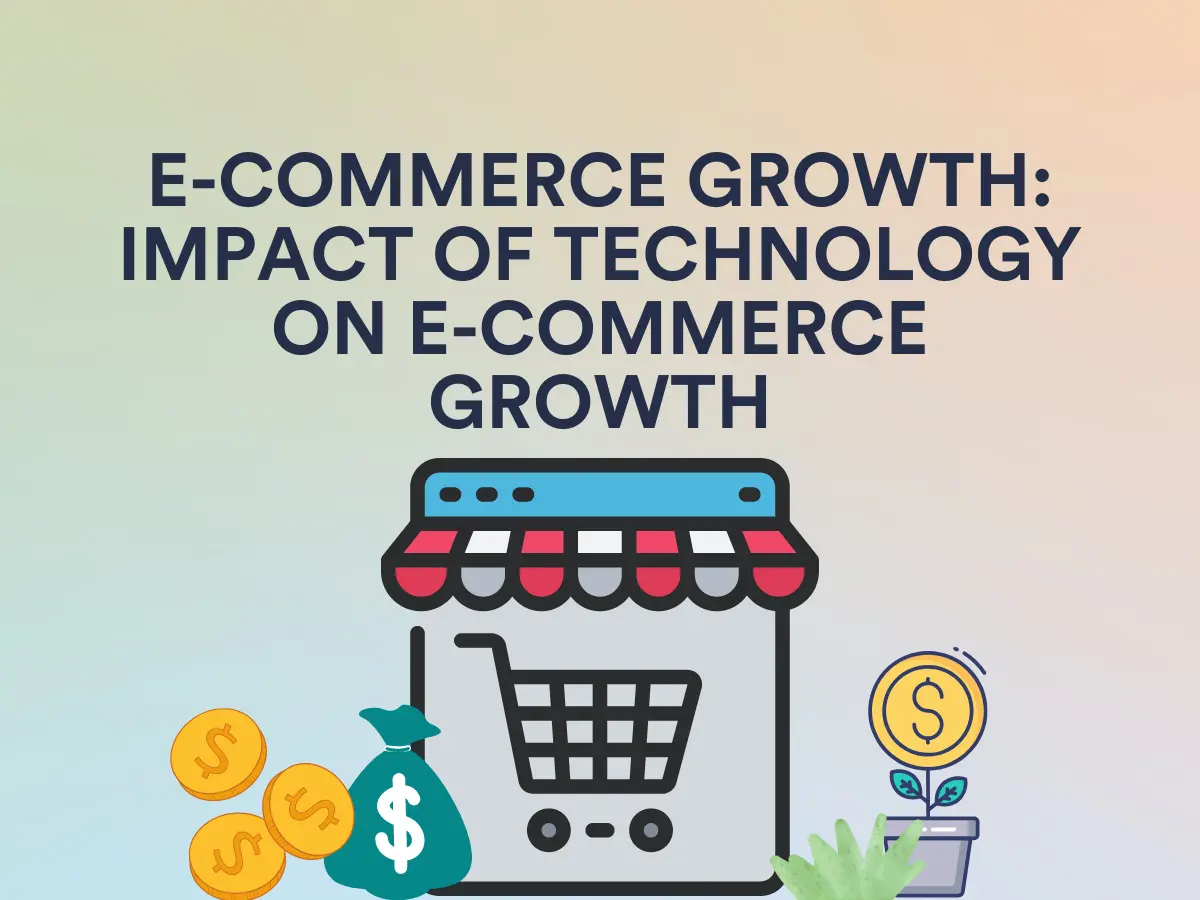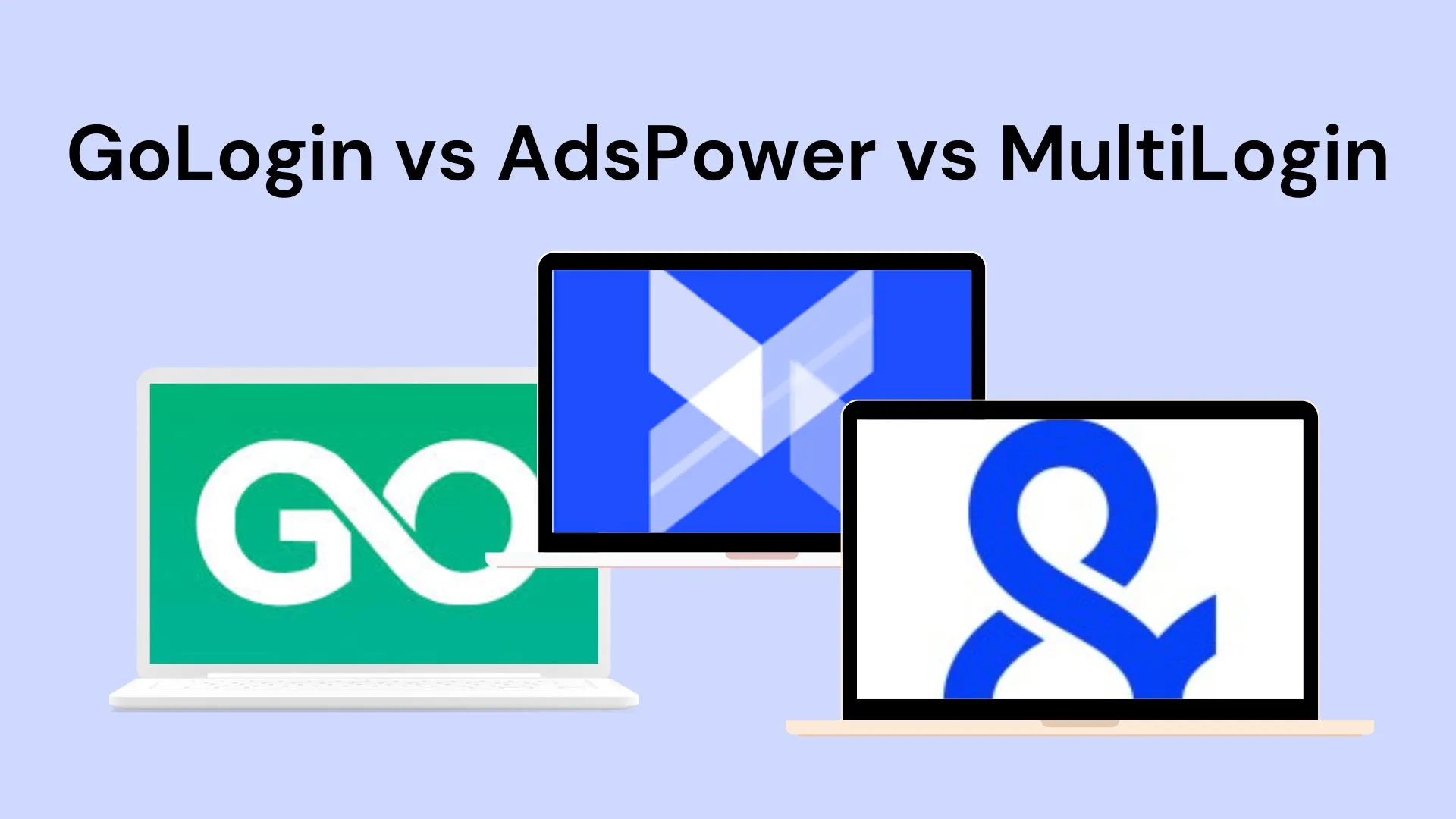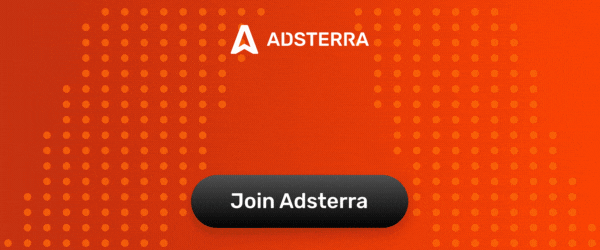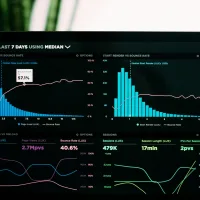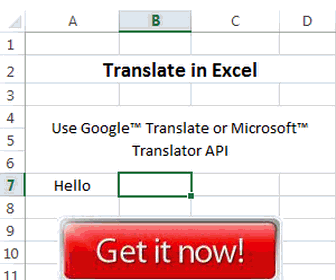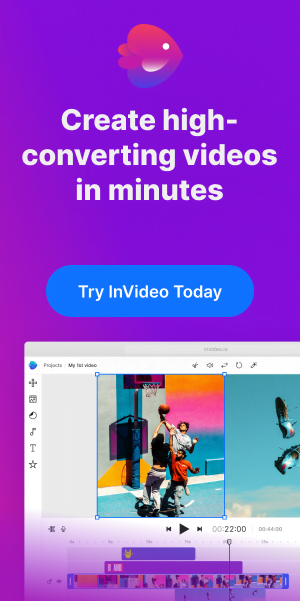Congratulations! You’ve decided on the mobile app to develop. Now, you have to find out how much it will cost to begin. You’ll also need to have a detailed mobile app development business plan. Doing this will help you understand your goals, work structure, market analysis, and target audience.
According to statistics, 25% of businesses fail within two years. This is because they don’t have a business plan. This statistic simply shows how important it is to have a business plan before you begin. However, writing a detailed business plan for your app development idea isn’t easy and that’s why we’ve come up with this guide.
In this article, you’ll know the definition of a mobile app development plan and why you need it. You’ll also learn how to write a mobile app development business plan.
What Is A Mobile App Development Business Plan?
This is a document that shows your app vision, target audience, monetization model, features, budget, marketing strategy, and competitive analysis to stakeholders and investors.
Why Do I Need A Mobile App Development Business Plan?
Studies show that businesses with a business plan grow 30% faster than those without one. So, If you want your mobile app idea to be successful, you’ll need to have a well-written business plan.
Below are some other reasons why you need a business plan for your mobile app development business:
- With a business plan, you can easily make informed decisions on your app design
- You can get findings from investors and stakeholders
- A business plan helps you have an idea of your competitors in the market
- It helps everyone on the team work with a fixed goal in mind
- A mobile app development business plan gives you an idea of the marketing strategy to implement for your business
- A mobile app development business plan helps identify possible risks, allowing you to find possible ways to avoid them during the development process
How To Write A Business Plan For Mobile App Development
There are various sections involved in writing a business plan for your mobile app development business. Each of these sections is equally important, and you can’t omit any of them.
Without further ado, let’s find out what each section contains:
1. An Executive Summary
This is an opportunity for you to get investors or stakeholders hooked on your business idea. All you have to do is make your executive summary engaging while capturing the details of your mobile app business idea.
Doing this will make it easy for your business to get funded by receiving investors. Your executive summary should answer questions like:
- Who is my product for?
- What problems are my audience facing with a product similar to mine?
- What are the needs and demands of my audience?
- What solutions do I have for these problems, and how will I meet my audience’s needs
- What do I aim to achieve with my product?
- What makes my product different from the existing ones?
- What is my domain name?
Once you have the answer to all these questions, your executive summary is ready. Also, you wouldn’t want to overwhelm whoever is reading your summary with too much information. So, keep your summary clear and brief. It should be at least 2-3 pages.
2. An Overview of Your Business
After your executive summary, providing your reader with a detailed overview of your business is an important part of your mobile app development business plan. This section will help your readers know more about your business.
Make sure to provide the following details:
- Your business’s name and location
- Your app’s name and type, e.g., social media app, e-commerce app, video editing app, etc
- Your business’s mission: You’ll have to provide the intent of your business. Why exactly does your business exist?
- Your business vision
- Type of entity: privately owned, partnership, or LLC(limited liability company)
- Team size: You’ll have to mention how many workers you have, then provide information related to them based on hierarchy. This information will include the level of expertise, experience, and achievement
- Your advisory panel: This includes developers of some apps and those with experience in app development
3. Product Description
This is where you provide full details of your product. Remember, you need to convince investors and stakeholders to work with you or fund your business. One way you can do this is by identifying a problem and providing a solution.
So, when informing your reader about the problems your app will solve, you’ll have to answer these questions:
- Who faces these problems?
- How does it affect people?
- Why does solving the problem matter?
When answering these questions, you can research some underlying issues people are facing. For example, 25% of millennials find it hard to decide on the meal to eat. Some even spend 132 hours a year to make a decision.
This is already a problem among millennials and due to indecisiveness, their health is being affected. So, to help curb this issue, I came up with an app idea. The app will help provide daily suggestions on healthy meals that can be taken for breakfast, lunch, and dinner.
Developing an app like this will reduce the time they spend on making food choices. For this section, we advise that you avoid too much technical information. Just make your app idea clear and do well to include your app features.
4. Detailed Industry Analysis
For this section, you’ll have to provide detailed information on the mobile app industry. Conducting an analysis will help you know your competitors, the likelihood of your app succeeding in the market, and the market trends to follow.
Below is an explanation of what should be included in this section:
- Market Size
This section will include the possibility of your app succeeding despite having competitors. You’ll have to include the number of people you can target per year in the market. You’ll also include if your app is currently in demand in the market.
Like the app idea we talked about earlier, you’ll have to find out if people really need a solution for indecisiveness. If yes, how many percent of these millennials will love to download the app?
- Market Trends
You’ll need to have an idea of the mobile industry’s past, present, and future predictions. Doing this will help you explain to your reader how well you think your app will do in the market, both long term and short term.
- Competitors Analysis
This step is done by every business on the market, irrespective of its size, type, or industry. You’ll need to know your competitors, their capabilities, history, and weaknesses. You can study their weaknesses and turn them into a strength for your business.
- SWOT Analysis
This is an analysis that helps you know your business strengths, weaknesses, opportunities, and threats. A SWOT analysis will help you make informed decisions on how to make your business succeed.
SWOT Definition
Strength: This part will include your business attributes that will give it an advantage over other mobile app businesses.
Weakness: Your business having a weakness is totally normal. Every business you can think of has its various weaknesses. So, for this section, you’ll have to write the attributes of your business that can give your competitors an edge over your business.
Find out what your business is lacking, the things to improve on, and what your customers aren’t satisfied with. Doing this will help you find possible solutions and will help reduce the risk your business will face.
Opportunities: This will include external factors that your business can make use of to its advantage. These opportunities include a growing demand for your app, a new niche, locations with fewer competitors and social trends that can benefit your business.
Threat: This includes external factors that can affect the success of your business and are usually out of your control. Having a backup plan will help to avoid possible threats, although there isn’t a 100% assurance that the threat will be avoided.
5. Marketing Strategy

In this section, you’ll highlight the different ways you plan to promote your app to users. You must choose the right strategies, as this will act as a deal-sealer between your business and potential investors.
Below are some things you can include in your market strategy:
- Target Audience
This is a very important aspect when deciding the marketing strategy you wish to use. You’ll have to choose your target audience, which should include their age, gender, location, marital status, or occupation.
You can also gather their psychographic data. This will include their most used sites and apps, hobbies, attitude towards money(are they sensitive to price or do they always go for valuable products), professional and personal goals, tech-savviness, etc.
- Landing Page
A landing page will provide your users with all the information they need to know about your app. It will also keep them informed of updates and features. With a landing page, you can reach a larger audience.
- Product Growth
This is a strategy you can use to increase your audience and grow your brand. You can build a referral program in your app that will help your users share your app with their friends. You can attach a bonus to each referral.
- Customer Acquisition Strategy
After you’ve identified your target audience, you’ll have to devise a strategy to attract them to your app. This will require you to determine your customer acquisition cost, i.e., how much you’ll have to spend on attracting customers to your business.
Doing this will give you an idea of the right marketing strategies to employ. Here are some marketing channels you can use to monetize your mobile app
Different Marketing Channels For Monetization
- App store optimization
This involves making your app visible on an app store like the Google Play Store or Apple App Store.
This app store optimization process requires that you have a proper idea of your target audience. It will include the keywords your audience will use to find apps similar to yours.
- Content marketing
Content marketing is a marketing strategy that’s used to attract, retain, and engage customers. It involves the creation and sharing of relevant content like social media posts, podcasts, emails, videos, and articles.
- Influencer marketing
You can work with individuals who have a large social media fan base to help you showcase your app to your audience. Additionally, when choosing an influencer for your app, make sure that you consider the individual with whom your target audience is familiar and loves.
Doing this will increase the chances of your app being downloaded by your audience and allow your app to reach a larger audience.
- Email marketing
Email marketing involves the sending of informational emails that can inform your audience of new updates, features, and promos on your mobile app.
- Paid advertising

This marketing strategy involves placing ads on platforms like Google, Facebook, YouTube, or TikTok. With paid ads, you can share your product with your targeted audience or a larger audience.
- Search engine optimization
You can make use of an SEO strategy to create content for your app on social media or websites.
6. Financial Plan
This is where your investors would want to see you explain how you’ll make money from your app and the amount you’ll need to run your business.
- Monetization Strategy
A monetization strategy is aimed at generating revenue from your mobile app. In this section, you’ll need to discuss how much you’ll need to monetize your app.
- Start-Up Costs/Funding
According to statistics, 47% of startups fail due to a lack of investors and finances. So, to avoid this for your business, you’ll have to provide details of how much you’ll need to start your business.
In this section, you’ll need to include inventory, rent, employee salary, one-time cost, and so on.
- Exit Strategy
If you plan to sell your business app idea in the future, you’ll need to have an exit strategy. There are various exit strategies including initial public offering, acquisition, and management buyout. Having this will help you gain attention from angel investors.
Additionally, before pitching, you’ll need to understand these terms. Angel investors are likely to trust entrepreneurs who have an idea of how much you’ll need for your business.
7. Operational Strategy
In this section, you’ll have to cover how you’ll maintain quality assurance and handle customer services. Other things you can cover in this section include:
- Users Process
For this section, you’ll need to provide information on how your audience will behave when they hear about your app for the first time. You’ll also write their behavior when they start using the app.
- Personnel Plan
This section will include how you’ll pay your employees, how you’ll hire your employees, how you’ll set your organization’s hierarchy and more.
Conclusion On Mobile App Development Business Plan
After reading our detailed guide, we are sure you have an idea of how a mobile app development business plan can be written. From providing a detailed overview of your business to conducting a proper industry analysis, having an edge over your competitors is a breeze.
Now, you can present your mobile app business idea to investors and stakeholders without fear of getting rejected. Go bring that awesome business idea to life!


